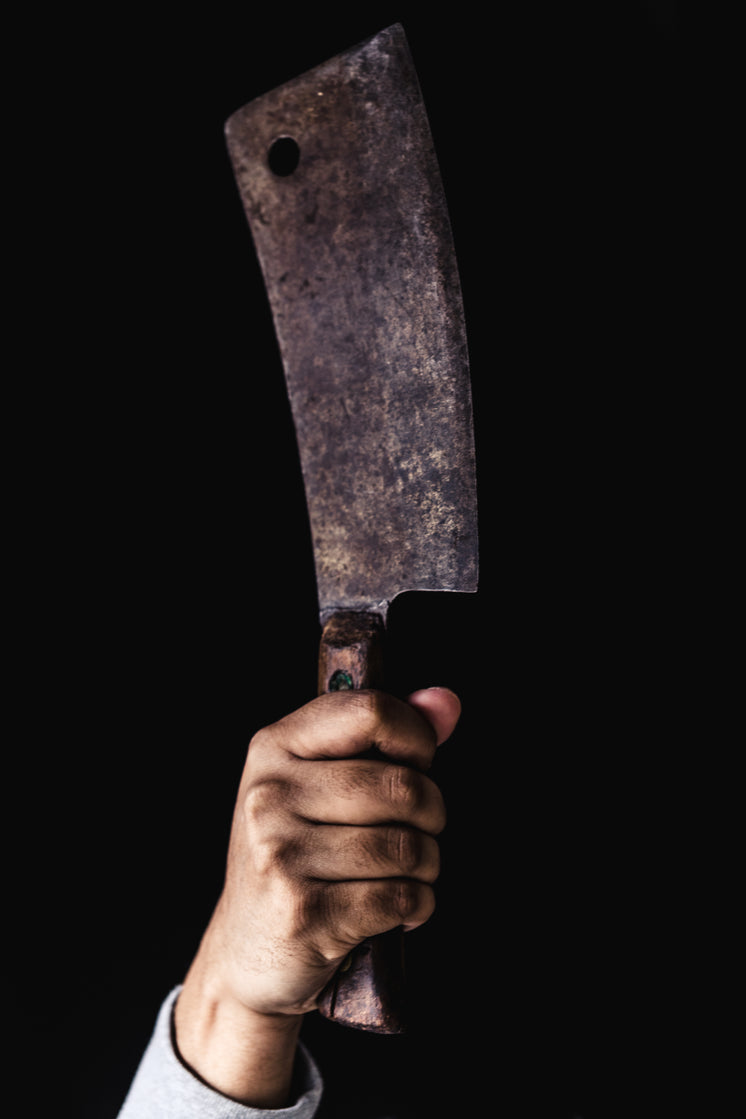Transform Your Dull Blades into Precision Instruments with the Best Lawn Mower Blade Sharpener
When purchasing lawn mower blades you need to select the best quality. This will make sure that the blade will last and helps your mower run more efficiently.
Stainless steel is the most suitable material for blades since it’s strong and robust. These blades also do not get rusty and provide an attractive look for your lawn.
Straight Blades
The blades that are included with your standard lawnmower will likely be straight. These blades work well for side discharge and bagging however, they’re not ideal for mulching due to the lack of lift. If you’re interested in using a blade that can do both, think about buying the high-lift blade. They feature a curved edge on the back which helps to lift the clippings. These blades are more effective with tall or thick grass.
The blade’s side facing upwards has small raised ridges or wings which create an air vacuum that raise the grass to make an exact cut. This blade design is effective on dry or damp surfaces, however it’s more efficient in cutting grass that is thicker.
High-Lift Blades
High-lift blades are easily identified through the curve that is upward that is visible at each end. They produce a strong airflow, which pushes clippings to the side bag or chute. They also offer more precise cut for your yard and you can often avoid clumping when cutting tall grass.
The reason is that the blades create more suction and airflow. If you’re in sandy soil, the dust that they lift will quickly deteriorate your lawnmower and lead to premature wear.
Unlike other replacement mower blades it is not necessary remove the deck of your mower to replace the blades. You can access the bolts that hold the blade by raising the deck of the mower. Be careful with the sharp edge of the blade while replacing it. After removing the old blade, screw into the new blade and check it for that it is in the right place. Then you’re ready to go back to work.
Multi-Purpose Blades
These blades are multi-functional and can be employed to bag, cut or even let your grass clippings go side-by-side. They create suction and airflow, and aid in cutting the grass into smaller pieces that are easily spread on the soil in order to supply nutrients.
But, this kind of lawn mower blade is unsuitable for mowing on sandy terrains. The high volume of airflow can pull in sand and dust into the blade, which can result in the blade wearing out faster.
Examine the blades original to them that were included with the pusher or tractor. Look for specifics such as the blades’ length as well as the diameter of the center hole. Compare the specs of blades that you are considering purchasing with those on the blades. This way, you can ensure that the new blades will fit the mower and operate properly. You may also want to think about the thickness of the blade. The thinner blades are typically associated with a longer lifespan but this will depend on how frequently you use your historic mower blades sharpener as well as how thick the metal is.
Mulching Blades
For lawns that require the clippings to be mulched the use of a mower blade with a dramatic upturn at its back edge assists with the process. These blades provide greater lift to push grass to the deck and out of the chute for discharge. They also aid in the cutting process of more dense grasses. They might require more power from your engine and could result in more fuel.

The rear of a high-lift blade has a wider “wind wings” to improve airflow over the clippings, which can reduce suction as well as the amount of dust that’s emitted. These blades are perfect for riding mowers and provide a more uniform, smoother cut.
The installation of a mulching blade must be done first to ensure it is compatible with the mower you are using. Put a piece of wood between the bracket for mounting the blade and the blade in order to prevent it from breaking as you tighten the bolt. After that, using the ratchet included in the kit and washers, you can connect the blade.
